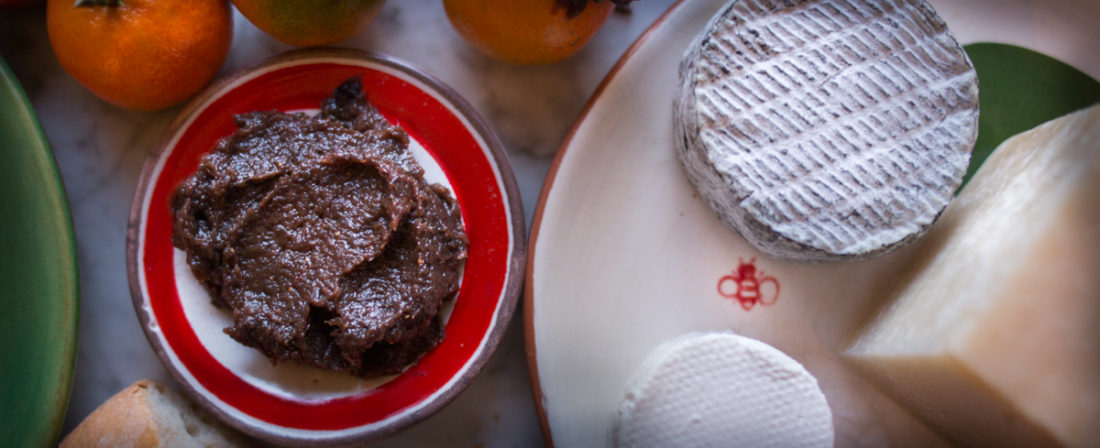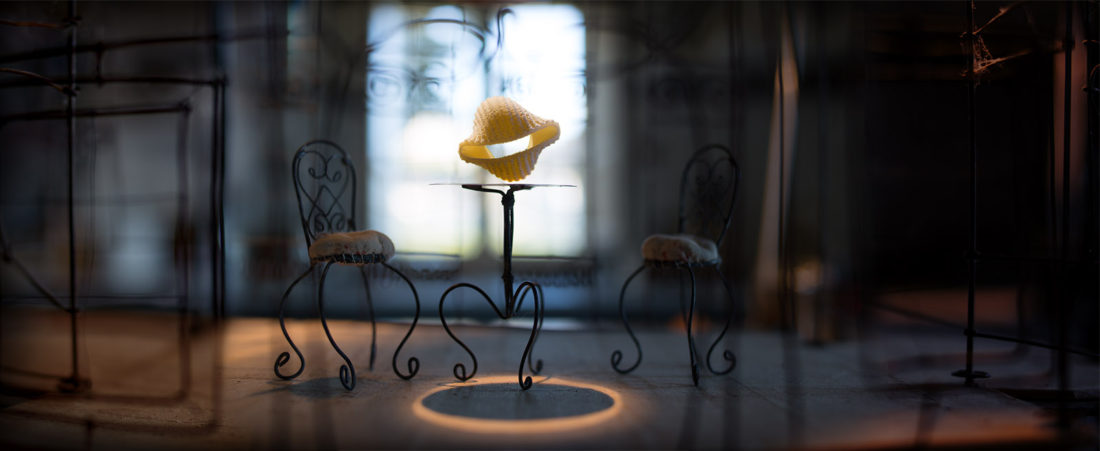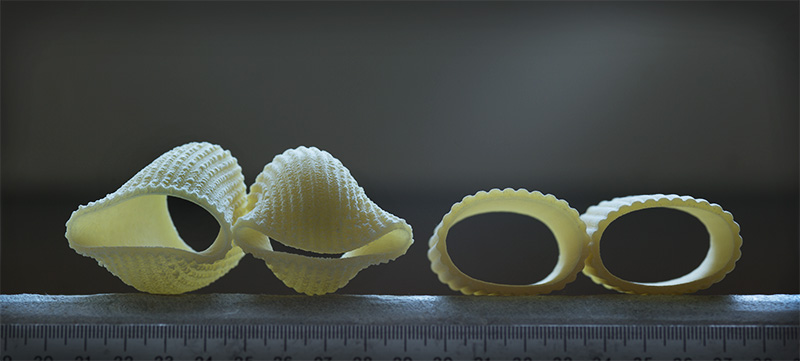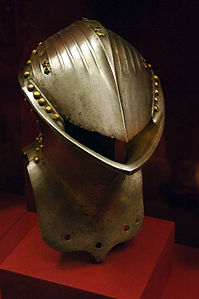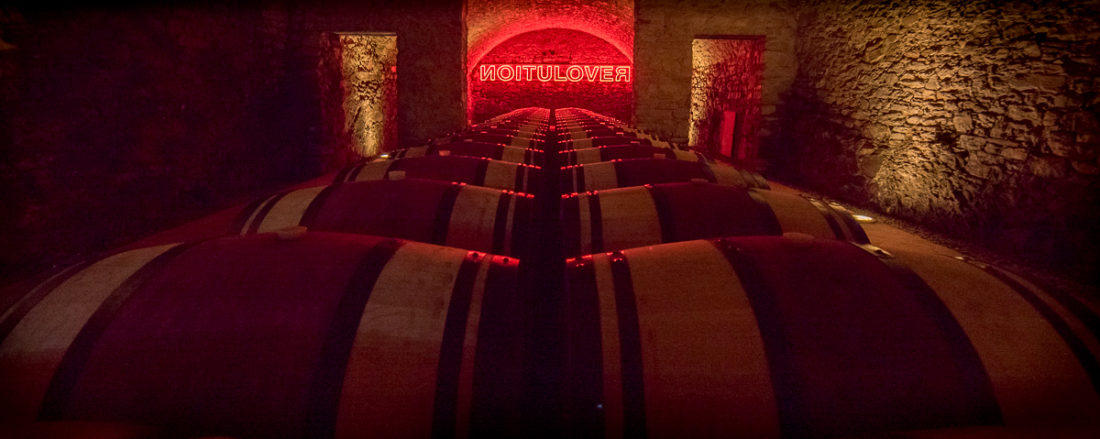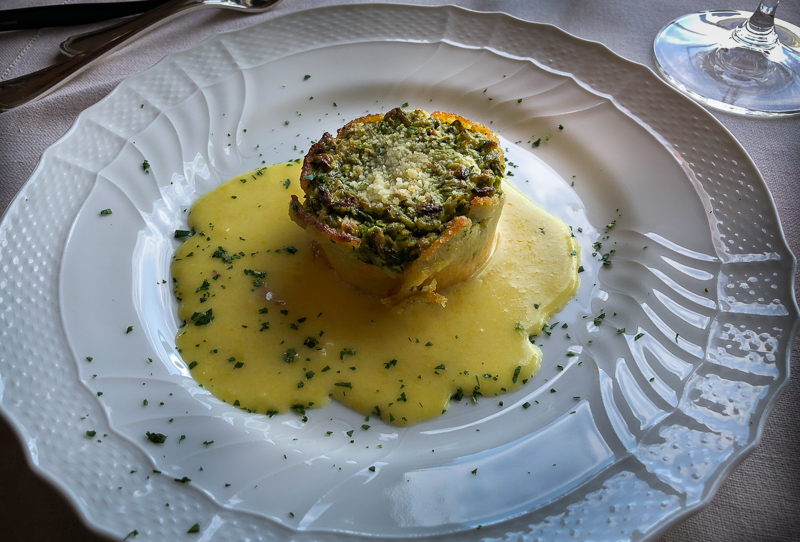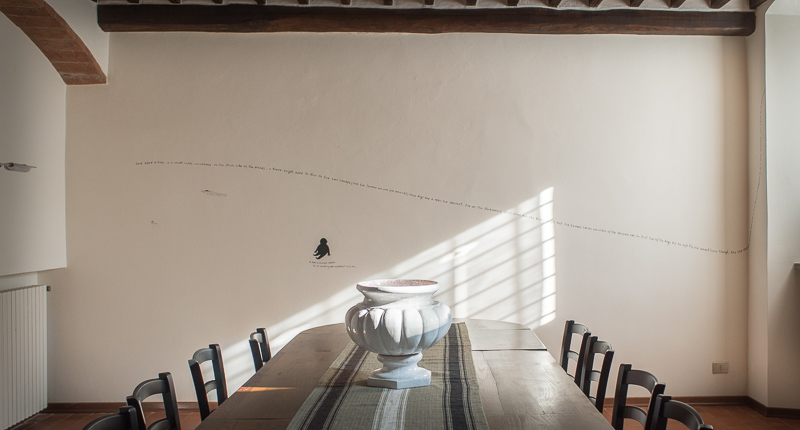October 20, 2018
In
Chow, Recipes, Roam
By
Nancy
The village of Caprese Michelangelo is famous for two things: Michelangelo’s birthplace, and some of the finest chestnuts in the world. Not two terrible things to be known by, in my book. And the chestnut fame is not a recent thing—the Romans, and before them, the Etruscans (after which Tuscany is named), both loved these nuts from Caprese Michelangelo.
 In Italy there is a DOC appellation (Denominazione di Origine Controllata, like the French DOC) and these Caprese chestnuts (a particular, fussy subset of chestnuts, called marrone, from grafted trees) have earned this rating.
In Italy there is a DOC appellation (Denominazione di Origine Controllata, like the French DOC) and these Caprese chestnuts (a particular, fussy subset of chestnuts, called marrone, from grafted trees) have earned this rating.
Harvesting chestnuts involves going into the forest and picking up the spiky pods, with chestnuts inside. The very prickly pods often break open upon impact, making the task easier. (Love that the pods are called “ricci” the same word as for hedgehogs, and curly hair.) Attention is needed to differentiate between the sweeter and more valuable chestnuts from grafted trees, and wild chestnuts, which are used for chestnut flour.
Chestnut forests are glorious, primeval things. Huge, old trees grow in just the right elevation on the sides of mountains. Locals often lease a plot of forest so they can gather chestnuts, and these plots are closely guarded (though not as closely guarded as where truffles and porcini mushrooms are found. Tuscan life has its dark sides, like the poisoned meatballs left as a trap for dogs with truffle and mushroom hunters who go into another’s territory.)
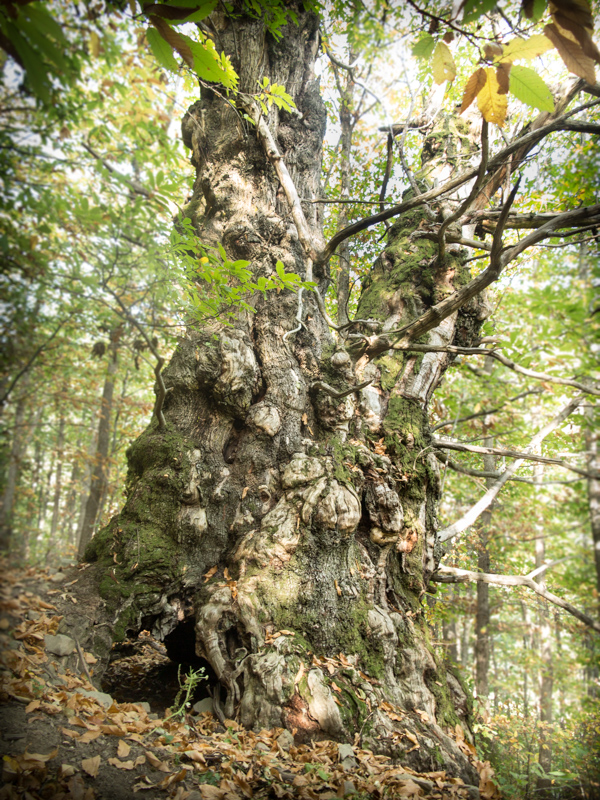
This chestnut is known to be one of the oldest in the forest, over 1,000 years old.
I am a person who appreciates eating, and a good fire, so I love that chestnut plots tend to have small huts, often quite ramshackle, with just enough room for gallons of olive oil, some cooking gear, and much red wine. Chestnut gathering often ends with a big bonfire in the middle of the woods over which a variety of meat and vegetables are roasted, and bread is toasted, all accompanied by wine and olive oil. Often it’s all served at a long table with tree stump as chairs. The Italians haven’t elevated the “picnic” to a fine art form, like the French, but they shine when cooking meat outside over fire, the act of which is called “ciccia.” This word also means “fat or meat” and is sometimes an abbreviation for “salsiccia”, or sausage. But most often you hear it used as an endearment.
Moving here, one of the things I was most surprised by is how grindingly poor the area was for centuries. The first house we rented had a big attic that had racks custom-built for storing chestnuts, sometimes the only food source for the winter. These racks are quite common in old farmhouses.
Chestnuts are also ground into flour, which is made into a local delicacy, castagnaccio. I believe that this is the worst dessert ever invented, containing only chestnut flour, olive oil, rosemary, pine nuts, and raisins. Apparently after about 10 years of steady exposure you can acquire a taste for it. I have been fooled twice by the look of them into thinking I was biting into a brownie. Nope.
In case you have never roasted your own, over an open fire or not, they are easy and delicious. Choose chestnuts that are firm, and heavy. If they’re light, they’ve dried out and will be bad. Cut the shell horizontally, almost all the way across one side slightly into the inner nut, to give it room to expand when heated…otherwise they explode. (A serrated knife works well for this.) Then cook in a preheated oven at 200°C/400°F for 15-20 minutes. If over a fire, there are some cheap metal pans with holes in the bottom for this. Just roast over hot embers. It’s OK if they char a bit. Peel and enjoy.






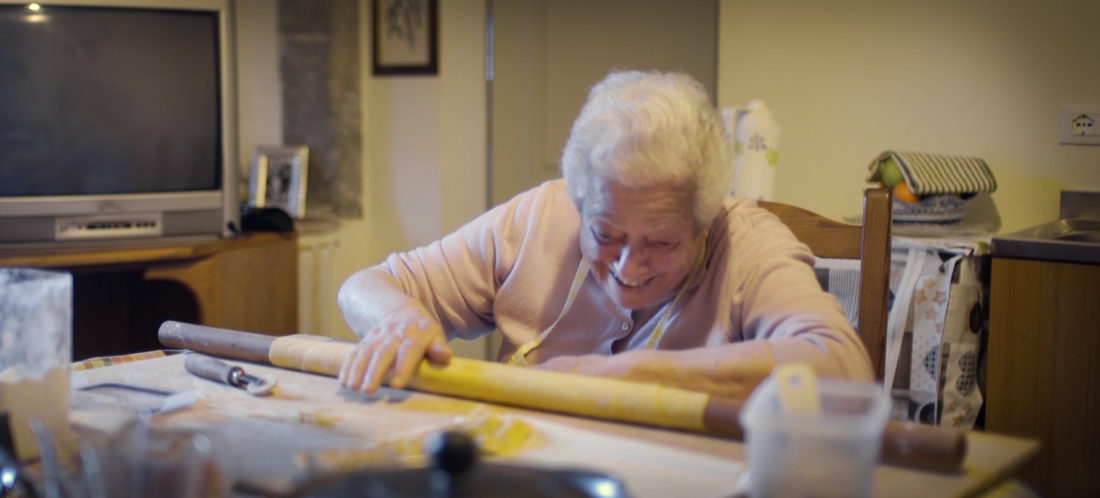

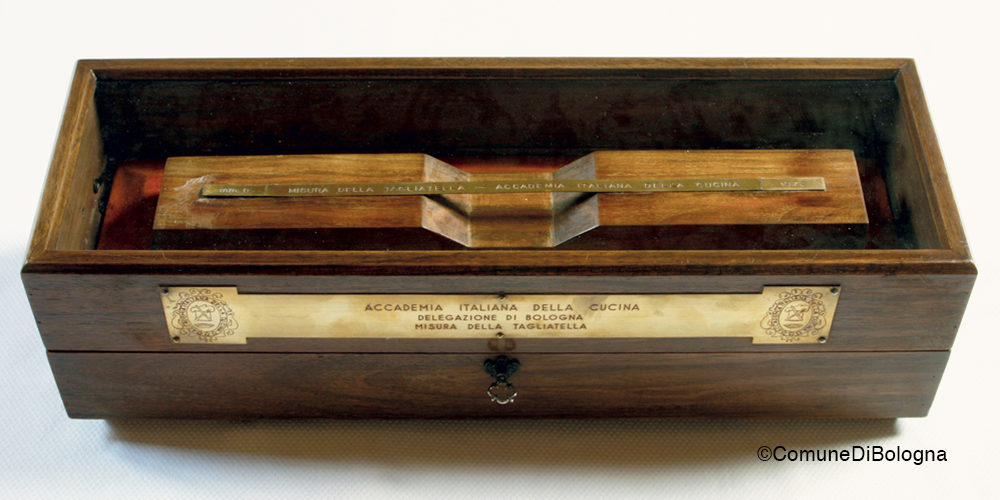
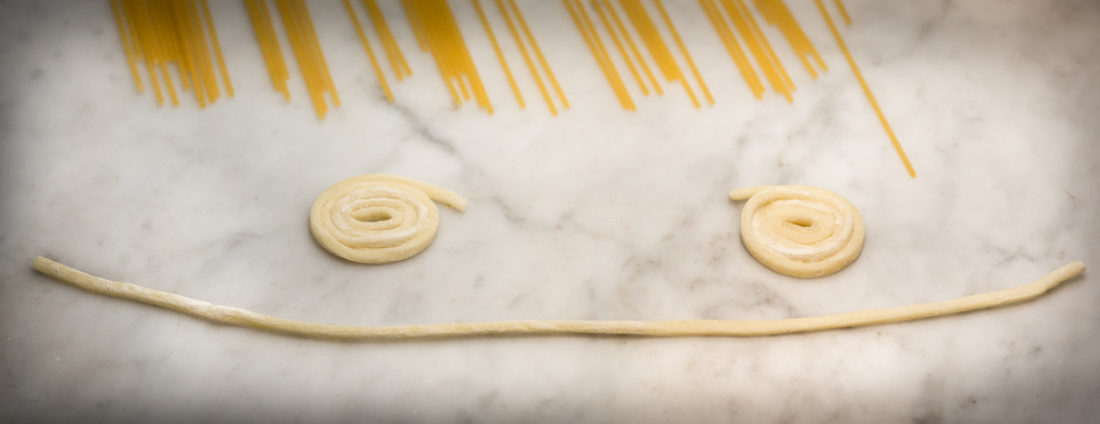
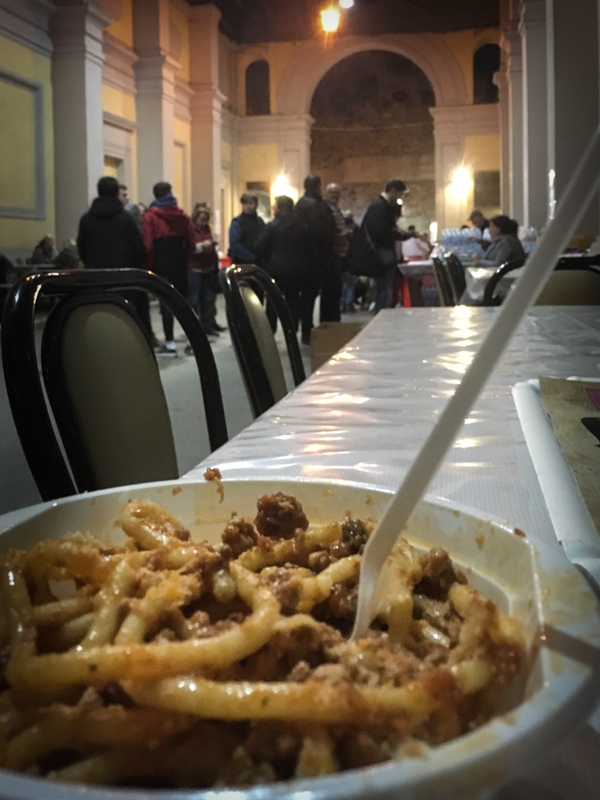
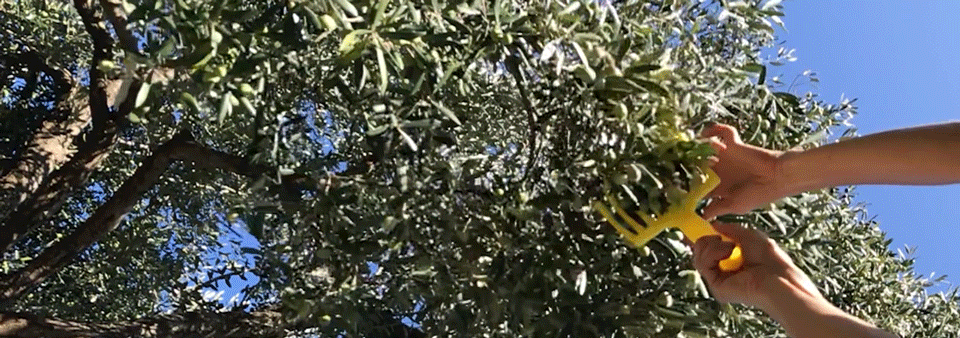
 The crates of olives are unloaded and weighed with great import, carefully watched by the others in line for the press. It’s a competitive “I have more olives than you” moment. We do respectably well, olives weighing in at over 500 kilos (over half a ton), in 25 crates. But soon we are put in our place by three very scruffy 40-something guys who came in after us, unloading about 75 crates. “Smug devils,” I think to myself. We eye them. They eye us. No smiles.
The crates of olives are unloaded and weighed with great import, carefully watched by the others in line for the press. It’s a competitive “I have more olives than you” moment. We do respectably well, olives weighing in at over 500 kilos (over half a ton), in 25 crates. But soon we are put in our place by three very scruffy 40-something guys who came in after us, unloading about 75 crates. “Smug devils,” I think to myself. We eye them. They eye us. No smiles.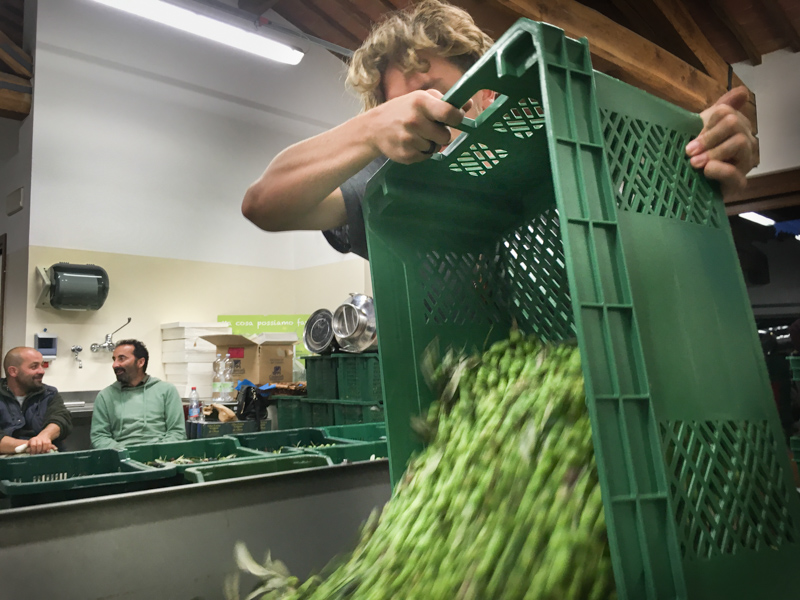


 In Italy there is a DOC appellation (Denominazione di Origine Controllata, like the French DOC) and these Caprese chestnuts (a particular, fussy subset of chestnuts, called marrone, from grafted trees) have earned this rating.
In Italy there is a DOC appellation (Denominazione di Origine Controllata, like the French DOC) and these Caprese chestnuts (a particular, fussy subset of chestnuts, called marrone, from grafted trees) have earned this rating.
